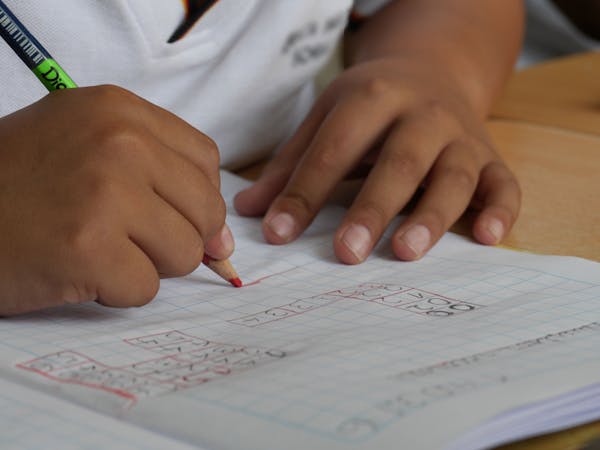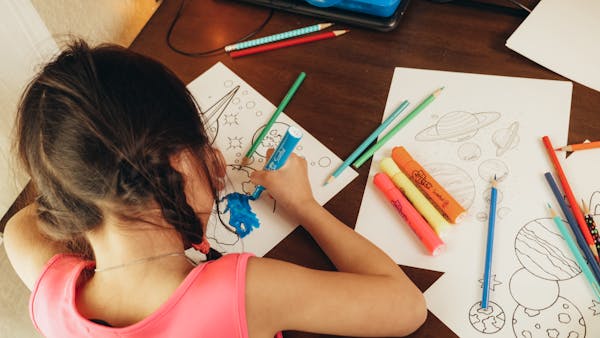The number of children starting primary school at the age of four has fallen by 30% in the past 20 years, according to latest figures.
Four-year-olds now account for 17% of junior infants, a figure that stood at 47% in 2001.
Figures from the Department of Education show that the age of junior infants has been “steadily increasing for the past 20 years, although the trend has accelerated in recent times”.
It is claimed that this is most likely due to the introduction of the Early Childhood Care and Education (ECCE) programme in 2010, and its expansion to two years in 2016.
Enrolments
The most recent statistical report from the agency provides information on enrollment statistics for primary schools, which increased by 113,723 (25.6%) from 2001 to 2021.
According to the data, the Dublin region experienced the biggest proportional increases, while Kerry and Waterford City witnessed the smallest increases (0.9 percent and 0.7 percent, respectively), and Clare and Donegal experienced the largest decreases (3.4 percent and 1.9 percent, respectively).
According to the data, there are now 55 fewer mainstream primary schools overall than there were in 2011 (3,159 compared to 3,104 last year).
This includes closing 12 Church of Ireland schools and 126 Catholic schools, while multi-denominational schools have grown by 80 during the same time period.
According to the agency, these closures are the result of merged schools in close proximity to one another and dwindling enrollments.
All 27 newly founded mainstream primary schools that opened in the last five years had a multi-denominational ethos, reflecting the growing popularity of multi-denominational schools.
Catholic schools still make up 88.6% of primary schools, the vast majority of all schools. While enrollment in multi-denominational schools increased by 1,844, total enrollment in Catholic schools decreased by 8,458 between 2020 and 2021.
Irish-speaking schools
While enrolments at Irish-medium schools outside the Gaeltacht rose from 140 to 151, a 21.3 percent increase, they declined by 473 (6.3 percent) at Gaeltacht schools over the same period.
Although the percentage of students in classes of 35 or more dropped significantly between 2001 (13,844) and 2021 (22.8), there has been little change in the average class size during the past 20 years, hitting its lowest point in that year at 22.8. (2,748).
Rural schools also have a high proportion of small classes, with more than half of pupils in classes of fewer than 25.
Small schools with four mainstream class teachers or less comprise a large proportion of primary schools in Ireland at 41.8% currently, with many located in the west of Ireland.
Teachers
As of 2021, the pupil-teacher ratio will have decreased steadily from 18.4 in 2001 to 13. 7.Statistics reveal that while the total number of teaching positions has nearly doubled over the past ten years (from 23,935 to 405401), the number of teachers in mainstream classrooms has only increased by 34.1 percent (from 17,576 to 23,572).
Special education instructors, ESL instructors, administrative principals, Home School Community Liaison (HCSL) instructors, and any other full-time teaching staff members have increased from 6,359 to 16,968 in number.
Last year, 19,797 pupils changed school while a further 3,593 arrived from outside Ireland. The peak year for entrants from abroad was 2007, with almost 7,000 arrivals.
Since 2001, there has been a significant decrease in the number of primary school students who repeat a year, from almost 5,500 to just under 2,000 in 2021. Compared to other grades, students are more likely to repeat junior or senior infants.







.png)
The opinions posted here do not belong to 🔰www.indiansdaily.com. The author is solely responsible for the opinions.
As per the IT policy of the Central Government, insults against an individual, community, religion or country, defamatory and inflammatory remarks, obscene and vulgar language are punishable offenses. Legal action will be taken for such expressions of opinion.